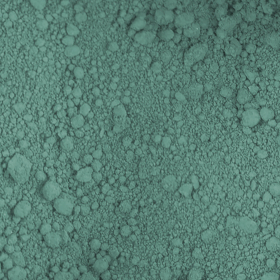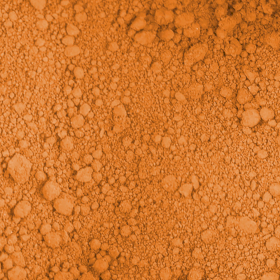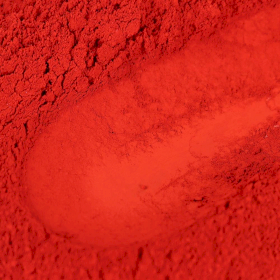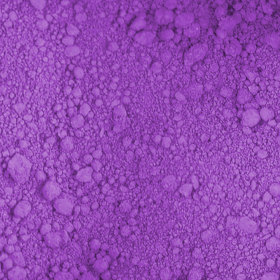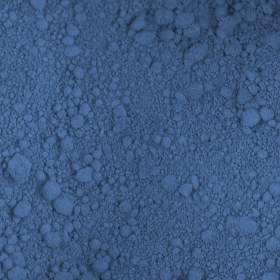Primary Colour Theory Made Simple
We’re going back to basics, exploring colour theory with the three primary water-soluble EazyColours: Red, Blue, and Yellow.
You may already be seasoned in the art of colour theory which is great, but we know many people are not as aware of how to blend, mix or pair colours together in their own products. This guide aims to maximise the potential when buying our water soluble colours.
As you can see from the colour wheel Red, Blue and Yellow are known as the Primary colours. These are the main building blocks of every colour created. The next set of colours are the Secondary colours these are the combinations of 50% each of two Primary colours to create a brand secondary one.
50% Red + 50% Blue = Purple
50%Red + 50%Yellow = Orange
50%Blue + 50%Yellow = Green
Tertiary colours are tones of the secondary colours with more than 50% of the primary colour added. Lime green is created with more yellow than blue added. A darker forest green has more blue than yellow added. In addition to adding more or less of one Primary colour you can also introduce Titanium Dioxide to your products to create pastel shades of your blend.
One thing to be aware of is that not all colours play to the rule. Some are deceiving, such as Red40 + Blue1. This creates an unattractive grey/grape colour and not the purple you would expect.
When you start creating your own blends the colours fall into two categories - Warm tones and Cool tones.
It is important when creating your products for sale to think of your fragrances and what colour they may invoke? For example, Eazycolours Blue Lagoon Fragrance Oil is a fresh outdoor ‘cool’ kind of fragrance and lends its self to the cool tones on the colour wheel. Whereas EazyColours Christmas Spice Fragrance Oil has warm cinnamon and clove scents which lends itself to the warmer tones on the colour wheel.
So how do you use EazyColours water soluble colours in your products?
All EazyColours comply with European Union Regulation No.1223/2009 on cosmetic products and incorporated into UK Law by The Cosmetic Products Enforcement Regulations 2013.
They can be used in the following rinse off products:
bath bombs - bubble bars - melt and pour soap - whipped soap - whipped scrubs - bath salts - liquid bubble bath - shower gel
Please be aware that EazyColours Water Soluble colours morph in cold process soap and may bleed in melt and pour.
To achieve the best from your Eazycolours Water soluble colours to create stunning bath bombs you should:
- Mix all your dry ingredients in a bowl except the Citric Acid (CA).
- Add a few ml of water to your colour and mix well into the dry ingredients.
- Once you have a good colour you can then drizzle in your oil/FO and again mix well.
- After it is all mixed and no spots or streaks can be seen you can add your CA mix well.
- Now you can mould.
- The water 'POPs' the colour, then the oil gives depth.
Don't overdo it with the water. If you do, just leave your mix to dry off a little. If you don't, your mixture will erupt once you add the CA.
Too much oil will result in a bath bomb that produces warts, warps or gets a flat bottom because it takes too long to dry, if at all. Your bath bombs may also crack too.
Colour saturation can differ between colours, meaning you may only need a small amount of one and more of another.
For example, blue is very powerful and you need very little, whereas with the red blend you will need to use more to get a good Christmas red. But don't overdo it, because if you do, your colour will be dark and dull instead of being vibrant.
There are some restrictions regarding the use of EazyColours and their fields of application, but ALL EazyColours can be used in WASH-OFF products and most in all types of cosmetics.
Colours can be very confusing for someone who doesn't know what they are doing and doesn't know the legislation. This is why you can find a field of application chart on the Eazycolours Facebook group in the files section.
If you are going to have your products assessed, please use a qualified chemist; someone who knows exactly what they are doing and knows the difference between food and cosmetic legislation. If they don't understand the legislation, then they aren't a qualified chemist in that field.
We have a highly competent Cosmetic Chemist that we use for our Eazycolours Multi-Assessments but you can also have your own assessments submitted and this information is also available on the Eazycolours Facebook Group.
Cosmetic dyes do have some restrictions of use and not all cosmetic dyes can be used in all cosmetic applications.
There are some restrictions in their fields of application that are described in the European Union Regulation No. 1223/2009 on cosmetic products and incorporated into UK Law by The Cosmetic Products Enforcement Regulations 2013.
There are four fields of application described.
These are:
- Colour additives that are allowed in all cosmetic products.
= Colour additives that are not allowed to be used in eye products.
- Colour additives not allowed to be used in products applied on mucous membranes.
- Colour additives allowed only in rinse-off products.
Not all countries have the same legislation regarding colours in cosmetics.
